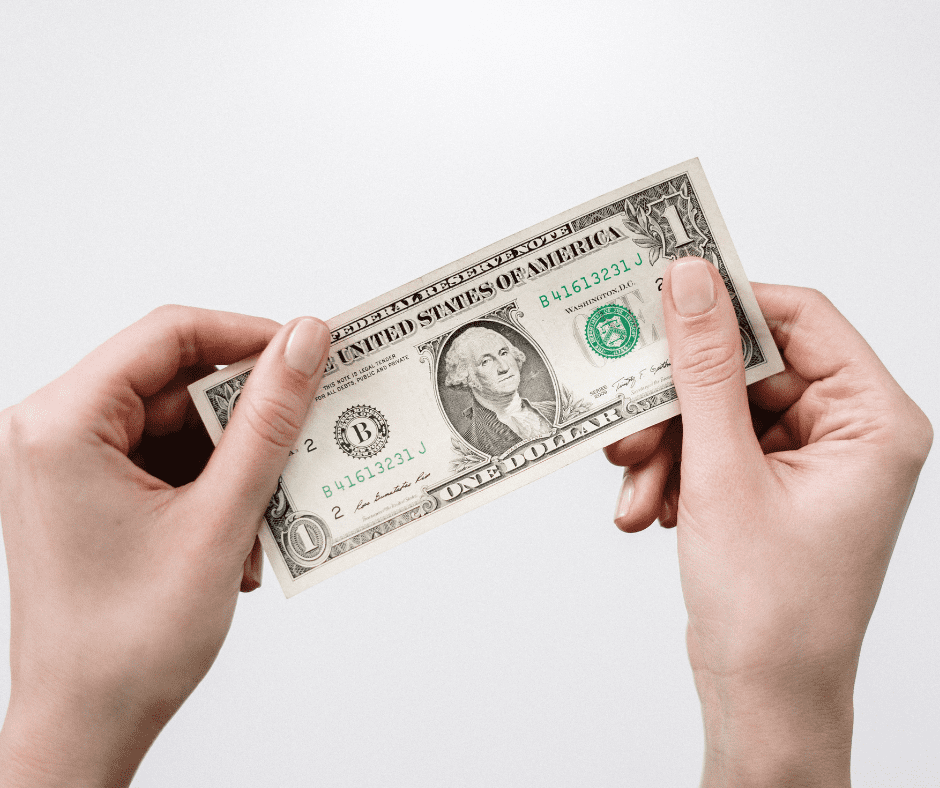
While more and more people are using technology to spend, receive, and transfer money, the dollar bill is something many of us still use every day. Whether it is to pay tolls, allowance, or for snacks at the vending machine, most of us use dollar bills on a regular basis. As your children begin to learn more about the history and the value of a dollar, use these facts to make the process fun!
Your Paper Isn’t Exactly Paper
US dollar bills are made of a special 75% cotton and 25% linen blend. This helps them stay strong even after being folded countless times – much more than an average piece of paper. However, according to the Federal Reserve, a US dollar is only in circulation for about 6 years. Depending on how often the dollar is circulated, this can mean a lot of folding over time!
Dollars Come in Coin Format Too
Since 1794, the US dollar has been issued in coin format. Some are silver-colored and some are gold-colored, with the Sacagawea Golden Dollar in use today. Vending machines often give dollar coins as change, since it is easier for the machines to give out coins than paper money. However, today, some of the more advanced vending machines give out paper money as change. Overall, paper dollars are much more common than dollar coins.
The Costs of Production
The Federal Reserve spends about 6 cents to produce every $1 bill. While this is a much better deal than the 2.06 cents it costs to produce a penny, the cost and frequent need to reproduce have created some harsh critics of the US dollar. In fact, in 2013, a group of five senators sought to switch to a $1 coin, as reported by USA Today. The shift could have saved the US billions, but several groups, including the vending machine lobby, stopped the effort in its tracks.
The Unfinished Pyramid
The pyramid on the $1 bill has 13 steps to represent the original colonies. However, the pyramid remains unfinished to symbolize that our country can constantly be improved upon. The pyramid symbolizes “strength and duration” with The Eye of Providence above, representing the eye of God watching over humanity.
13’s Everywhere
The US dollar contains many other references to the number 13 and the original 13 colonies. If you look closely at the eagle on the back of your $1 bill you will see 13 arrows in its left talon. The Great Seal has 13 stripes and 13 stars. There are 13 letters at the base of the pyramid. What other 13s can you find on the US dollar bill?
Tracking Your Dollar
Using the site Where’s George, you can enter the serial number of a bill in order to track where it’s been. You can even choose to get notifications of where your bills are found in the future. For years, this has been a great activity to do with your kids to show them just how quickly money can move around!
What fun facts do you know about the US dollar? Hit us up on Facebook to let us know!

